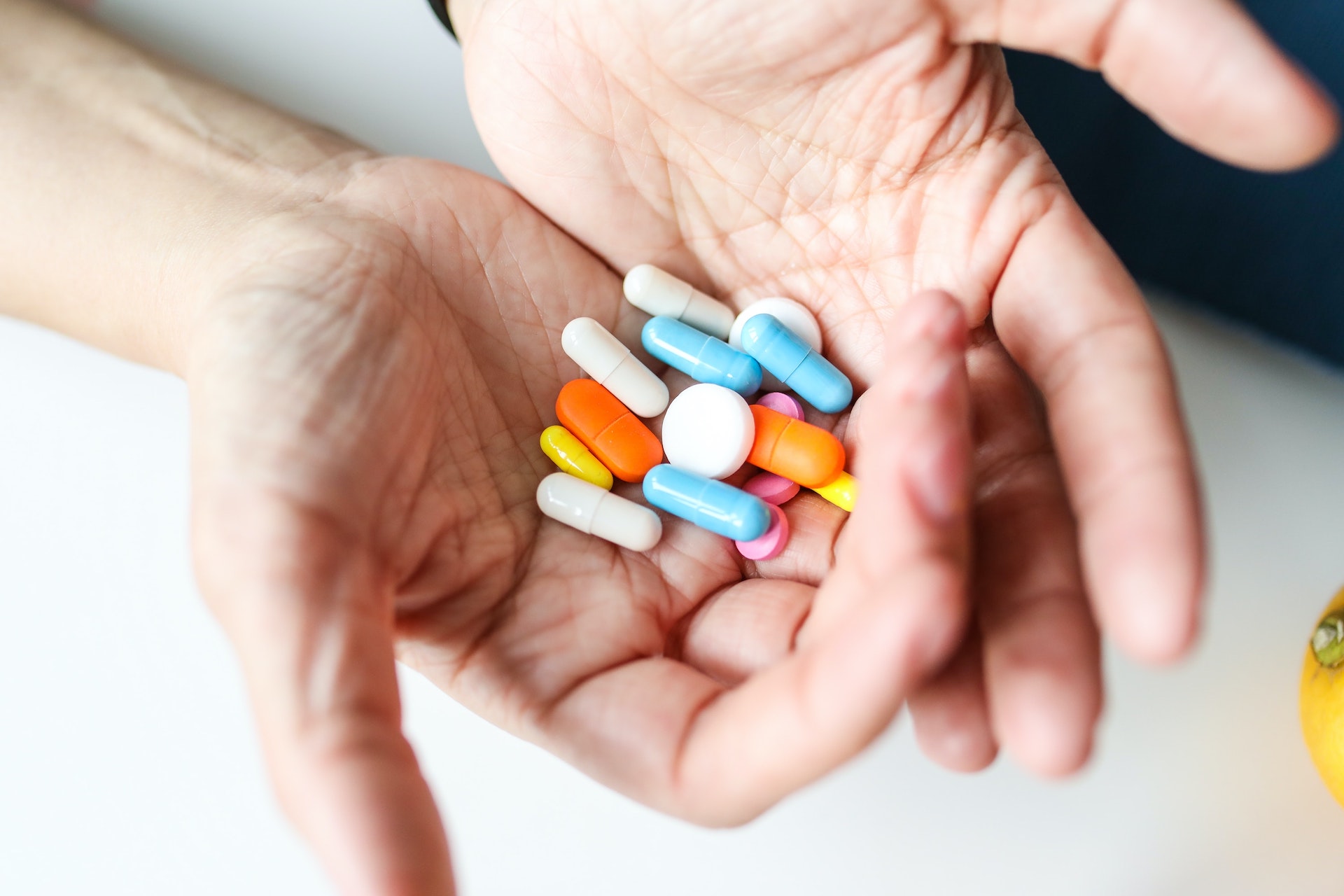Oral solid dosage (OSD) forms such as tablets and capsules continue to dominate the pharmaceutical market as the most preferred drug delivery system. Even as large molecule injectable drugs developed using novel scientific approaches top market charts, small molecule solid dosage products still constitute a vast majority of drugs and rule the market. They can be produced efficiently, are cost-effective, easy to administer and have good storage stability. They are widely well-accepted by patients worldwide. When it comes to approvals of novel drug products, oral solid dose products continue to lead. In 2020, the US FDA’s CDER approved 53 novel drug products and oral solid products accounted for nearly 40 %. And of the 21 newly approved OSD products, 14 were tablets and 7 were capsules.
Drugmakers are adopting lifecycle management approaches and looking at different options to meet patients’ needs with oral solid dosage products. Opportunities in this area may include expanding capabilities for specialised dosage forms such as modified-release, paediatric and geriatric formulations to reduce pill burden and enhance patient compliance.
Fixed-dose combinations
With few potential blockbuster drugs in the pharma pipeline right now and the shrinking drug pipeline, many pharmaceutical companies are looking to expand their product portfolio from their existing molecules. The most common strategy is to expand into fixed-dose combinations. This involves combining two or more existing molecules, in a single formulation with a synergistic effect, a better safety profile with fewer side effects, or a better release profile. Some of these combinations can offer multiple release profile where one drug may be intended for immediate release and the other for modified release or each of the constituent drug is designed to be released at different locations within the gastrointestinal tract.
Oral biologics
Formulating oral biologics that were previously used only as injectables is now a growing trend in the pharma industry. The traditional approaches to addressing the barriers include engineering molecules that are more stable and can resist enzymatic degradation or the use of enteric coatings to protect the active ingredient and time the drug release to enhance its permeation through the mucous and epithelial layers of the GI system. The industry’s understanding of the science of these approaches has evolved over the past several decades and is, therefore, now focusing on alternative approaches. Some are using mechanical penetration enhancers rather than chemicals. Several groups have proposed and demonstrated delivery in preclinical models for tiny arrays of needles within capsules. Another approach is building jet injectors that can force the liquid drug through the GI tissue without using a needle.
3D printing
3D printing is a technology which involves the construction of a three-dimensional object, by deposition several layers sequentially using various computer software. This technique can be employed to construct a wide variety of pharmaceutical dosage forms of varying shapes, release profiles, and drug combinations. Pharmaceutical 3D printing is gaining considerable interest as a potential technology to enhance efficacy, preciseness, and personalisation. It enables the creation of novel complex oral dosage forms which are otherwise challenging to produce using conventional manufacturing technologies such as formulations containing multiple active pharmaceutical ingredients with customised release profiles and individualised design to suit patient–specific needs.
Ingestible sensor pill
Digital pill is an innovative technological drug-device combination where an ingestible sensor is embedded in a pill that can record the time of administration of medication and the physiological condition of the patient. This data is collected and sent from the pill’s sensor to a wearable patch which then transmits the information to a mobile application from where it can be further shared with patients’ caregivers or physicians. The first such approved product by the US FDA was Abilify MyCite (aripiprazole tablets with sensor) to treat schizophrenia.
The road ahead
With drug manufacturers employing various life cycle management strategies for the sustainability of OSD forms, they hold significant opportunities in leveraging growth potential. Future Market Insights forecasts the global OSD pharmaceutical formulation market to grow at 6.5% CAGR from USD 493.2 billion in 2017 to USD 926.3 billion by 2027.
References
-
US Food and Drug Administration. Advancing health through innovation: New drug therapy approvals 2020
-
Anil Kane, Ph.D. Novel Uses for Oral Solid Doses Driving Lifecycle Management Strategies. Pharmaceutical Online https://www.pharmaceuticalonline.com/doc/novel-uses-for-oral-solid-doses-driving-lifecycle-management-strategies-0001
-
Nikki Withers. Alternative routes of administration – a focus on oral biologics. European Pharmaceutical Review. 28 October 2020 https://www.europeanpharmaceuticalreview.com/article/130704/alternative-routes-of-administration-a-focus-on-biologics/
-
Park, B.J., Choi, H.J., Moon, S.J. et al. Pharmaceutical applications of 3D printing technology: current understanding and future perspectives. J. Pharm. Investig. 49, 575–585 (2019). https://doi.org/10.1007/s40005-018-00414-y
-
FDA News Release: FDA approves pill with sensor that digitally tracks if patients have ingested their medication. November 13, 2017 https://www.fda.gov/news-events/press-announcements/fda-approves-pill-sensor-digitally-tracks-if-patients-have-ingested-their-medication
-
Future Market Insights – Oral Solid Dosage Pharmaceutical Formulation Market; 2017 https://www.futuremarketinsights.com/reports/oral-solid-dosage-pharmaceutical-formulation-market



